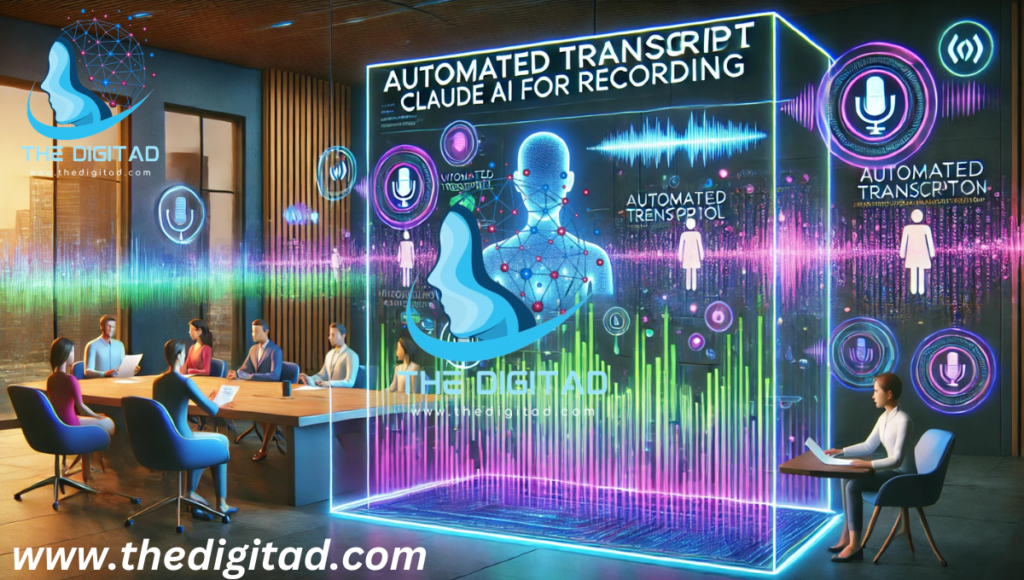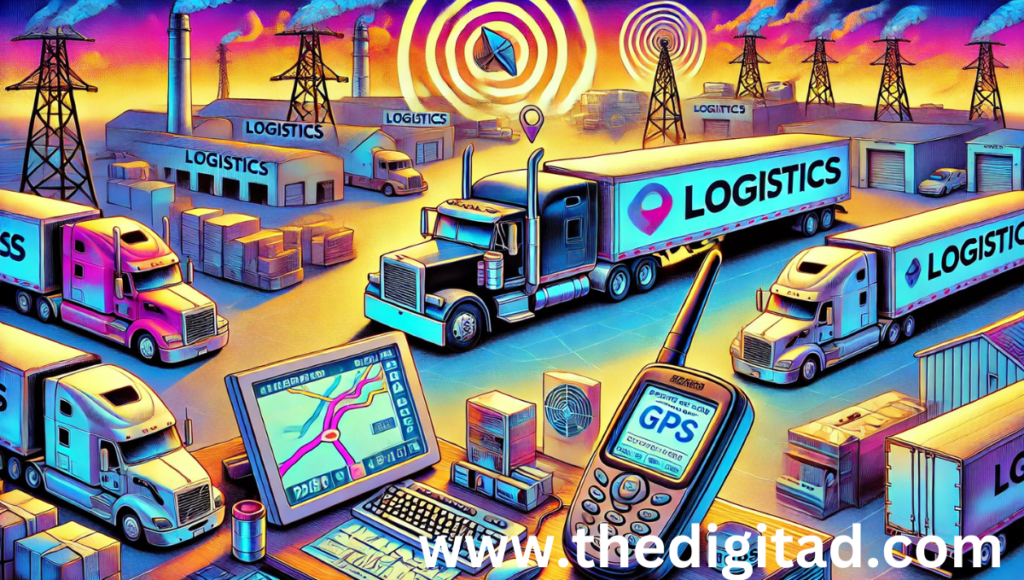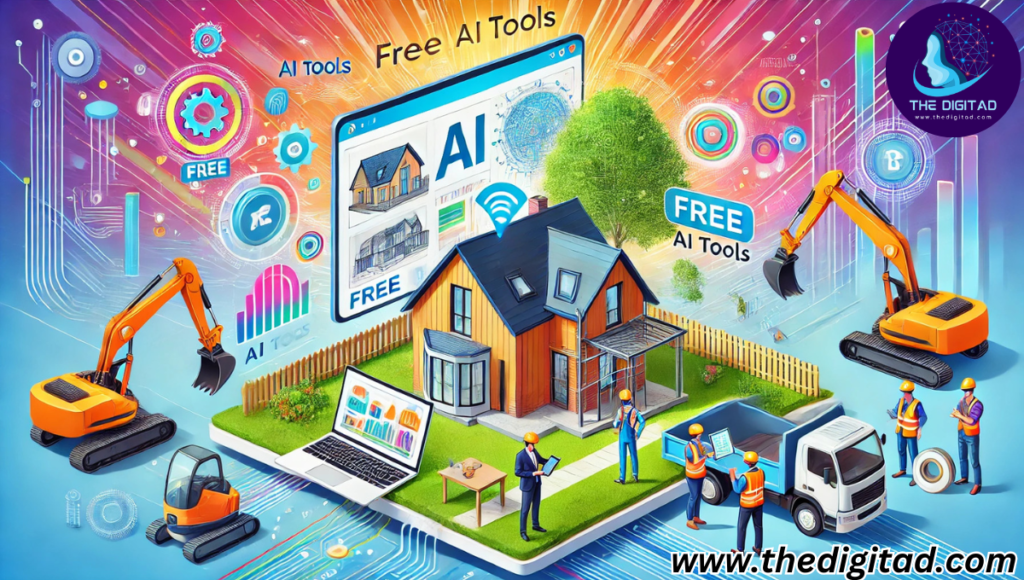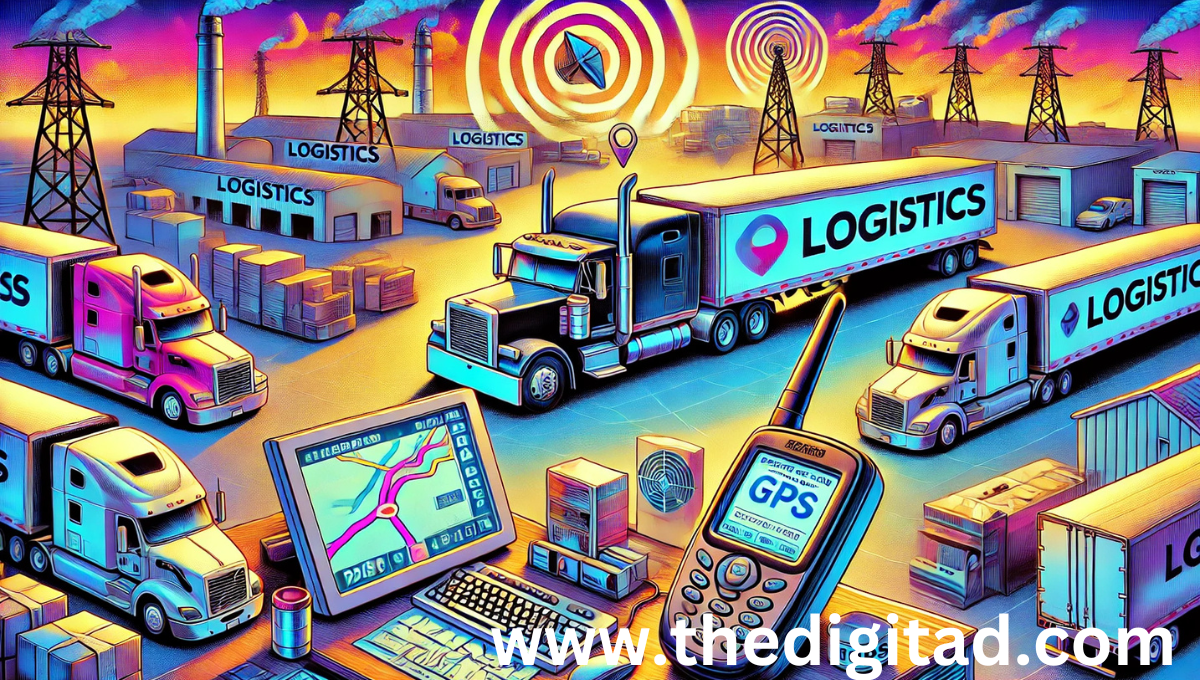The Future of Virtual Assistance Technology
The future of virtual assistance technology will change our daily lives completely, from making household chores easier to increasing business productivity. The innovations in AI, NLP, and ML have made virtual assistants more complex, interactive, and intuitive. From voice-activated personal assistants to enterprise-level support tools, the potential applications are vast. The future of virtual assistance technology-this is explored in the potential improvements which are expected as well as how it impacts other various industries and life itself.
What is Virtual Assistance Technology?
Virtual assistance technology tends to be generally software and hardware that leverages AI, NLP, and ML in performing tasks, information management, and interaction with users in a manner similar to humans. Some of the best known virtual assistants in their respective categories include Siri, Alexa and Google Assistant; virtual assistance, in its various guises, currently aids users in setting reminders, answering questions, and controlling smart home appliances. In the business world, virtual assistance technology is the automation of customer support; reduction of the amount of administration and management performed within workflows; and the automation of relationships between departments.
Key Drivers of Virtual Assistance Technology
This virtual assistant technology development is prompted by various factors.
AI and Machine Learning

AI and Machine Learning
Artificial intelligence allows assistants to handle large amount of information, improve through the usage of the assistants, and eventually become precise.
Natural Language Processing
NLP allows virtual assistants to interpret and answer questions of users in their natural and flowing languages.
More Data
As data is being made available more and more, virtual assistants give the response in a more real and relevant sense.
High Automation Requirements
There is immense scope in personal and official fields to save time.
How Virtual Assistant Technology is Changing Over Time
The future of virtual assistance technology is full of exciting advancements. Some of the areas where we expect growth are outlined below.
1. Enhanced Personalization
Future virtual assistants will be capable of deeper personalization. They’ll understand individual preferences, habits, and routines, creating a tailored experience. This will improve user satisfaction and engagement by offering more relevant suggestions and responses.
2. Better Contextual Understanding
Modern virtual assistants can sometimes misinterpret user intent. Future versions will have advanced contextual understanding, helping them to identify the nuances of language. This will allow for more accurate responses and fewer misunderstandings.
3. Multimodal Interactions
Multimodal technology will enable interactions through various forms voice, text, touch, and visuals. This is one of the evolutions that will see virtual assistants understand and respond to multitudes of inputs that ensure the experience is much smoother for the user.
4. Emotional Intelligence
One of the significant developments future virtual assistance technology contains is emotional intelligence, Virtual assistants, using the tone, word choice and facial expressions can detect human emotions and respond effectively. This can enhance customer support and provide more empathetic responses.
5. Integration with IOT Devices
As the Internet of Things expands, virtual assistants would control and interact even more with IOT devices, meaning that lights, thermostat thermostats, security, and appliances are all part of a fully integrated home or office space.
Expected Features in Future Virtual Assistants
| Feature | Description | Benefits |
| Enhanced Personalization | Tailors responses based on individual user data | Improved user experience |
| Contextual Understanding | Accurately interprets user requests with limited ambiguity | Reduced errors in interactions |
| Multimodal Interaction | Accepts input through text, voice, touch, and images | Flexible user engagement |
| Intelligence in Emotions | Recognizes and responds to emotions | More empathetic customer service |
| IOT Integration | Connects with smart devices for a more connected ecosystem | Convenience and streamlined automation |
| Real-Time Translation | Offers instant language translation capabilities | Enhanced global communication |
| AI-Powered Predictive Tools | Predicts user needs and offers proactive assistance | Time-saving and enhanced productivity |
| AR & VR Compatibility | Works with Augmented and Virtual Reality platforms | Improved virtual learning and shopping |
| Autonomous Decision Making | Executes tasks independently with minimal user input | Increased efficiency and task automation |
| Privacy-Centric Design | Ensures secure data handling and user control over data | Enhanced trust and data protection |
Use Cases and Applications of Future Virtual Assistance Technology
In Healthcare
In healthcare, virtual assistants are expected to do much of the work in the management of patients, symptom checking, and even mental health checking. Imagine a virtual assistant that monitors vital signs, reminds the patient to take their prescribed drugs or medications, and even detects changes in voice patterns to measure mental health.
In Education
Virtual assistance technology in education could revolutionize personalized learning. Virtual tutors, for example, will be able to identify students’ weaknesses, suggest learning materials, and even adapt teaching styles based on individual learning speeds.
In Business and Customer Service
Future holds much promise for the technology of virtual assistance for business operations. Virtual assistants would deal with customer service enquiries, administrative work, and even analytical insights. These will enable companies to interact with customers through multiple channels in a more efficient and responsive manner.
In Personal Life and Smart Homes
In personal life, virtual assistants will offer more advanced capabilities in managing smart homes. They will not only control devices but anticipate needs, such as adjusting lighting based on time of day or suggesting energy saving options.
In E-Commerce
Artificial intelligence assistants in e-commerce will evolve into personal shopping aides who will not only provide product suggestions but also respond to questions immediately and allow potential customers to virtually fit products on them using augmented reality.
Benefits of Virtual Assistance Technology
Virtual assistance technology is transforming lives and businesses. These are a few of the main advantages.
More efficiency
Virtual assistants allow one to free up time for more complex work by taking care of routine tasks.
Better Customer Engagement
The customer will experience more pertinent and satisfying engagement with the help of personalization.
Cost Saving
It saves businesses money because they do not require human customer service
24/7 Availability
Virtual assistants offer round the clock services, thus increasing the convenience quotient among users.
Challenges Facing Virtual Assistance Technology
The challenges to be faced are numerous but the prospects of virtual assistance technology in the future are positive.
- Privacy issues: Voice assistants tend to record personal information which may deter potential users.
- Dependence on AI: The more work virtual assistants will undertake, the more dependent people may become on them.
- Language and cultural constraints: With all these advances, virtual assistants may still have challenges in regional dialects, accent, and cultural nuances.
- Handling Complex Queries: Virtual assistants are excellent for routine questions but may still struggle with complex requests that require human judgment.
Pros and Cons of Virtual Assistance Technology
Pros
- Improves efficiency and saves time
- Reduces operational costs for businesses
- Provides personalized experiences
- Offers 24/7 availability
- Enhances customer satisfaction
Cons
- Privacy concerns with data handling
- Risk of over dependence on technology
- Limitations in understanding complex requests
- May struggle with language and cultural differences
- Initial setup and maintenance costs
The Future of Virtual Assistance Technology: Important Takeaways
It is predicted that the future of virtual assistance technology will be revolutionary, with virtual assistants growing in intelligence, capability, and accessibility. As AI, NLP, and ML continue to advance, virtual assistants will likely.
- Understand user needs on a deeper level.
- Respond to emotions, providing more human-like interactions.
- Automate tasks in both personal and professional settings.
- Integrate seamlessly with IOT and AR/VR environments.
- Prioritize data security to address privacy concerns.
These developments will make virtual aid technology a necessary component of both.
FAQs
1. What is virtual assistance technology?
Virtual assistant technology is the software using AI, NLP, and ML to execute tasks, answer questions, and interact with humans in the way a human would.
2. How does virtual assistance technology work?
It uses the AI algorithm and machine learning while processing inputs from users. It does all this regarding the kind of needs you have at hand.
3. What benefits do virtual assistants have?
Time efficiency, round the clock accessibility, more personalization than a human, and are cost-effective for the businesses.
4. Can virtual assistants be trusted?
Yes, but data privacy is a concern. Reputable virtual assistants prioritize data security and privacy measures to protect user information.
5. What industries benefit most from virtual assistance technology?
Virtual assistants are very beneficial to areas including healthcare, education, retail, customer service, and smart homes.
Conclusion
The future of virtual assistance technology seems endless in terms of interactivity, personalization, and functionality, as it would perpetually evolve both making people’s lives easier and remodeling the manner in which companies work and people interact with digital tools. Virtual assistants will certainly become indispensable in homes, offices, and customer service, where routines will be made easy and support will be much better than ever before.
Read more Article About Tech Trends and other Categories at The Digit Ad



















Post Comment